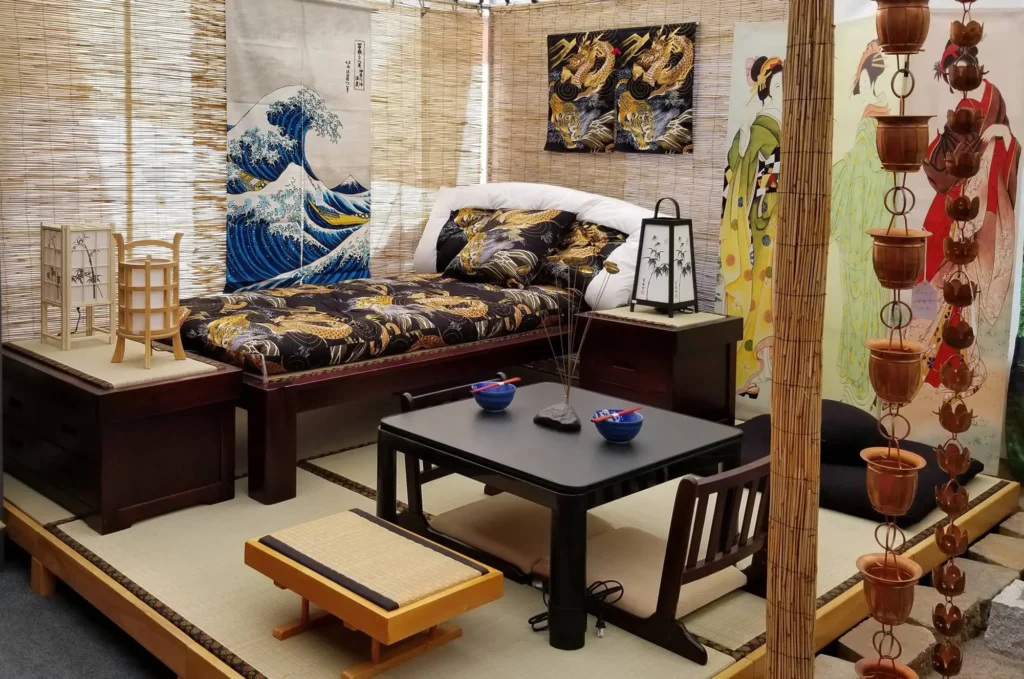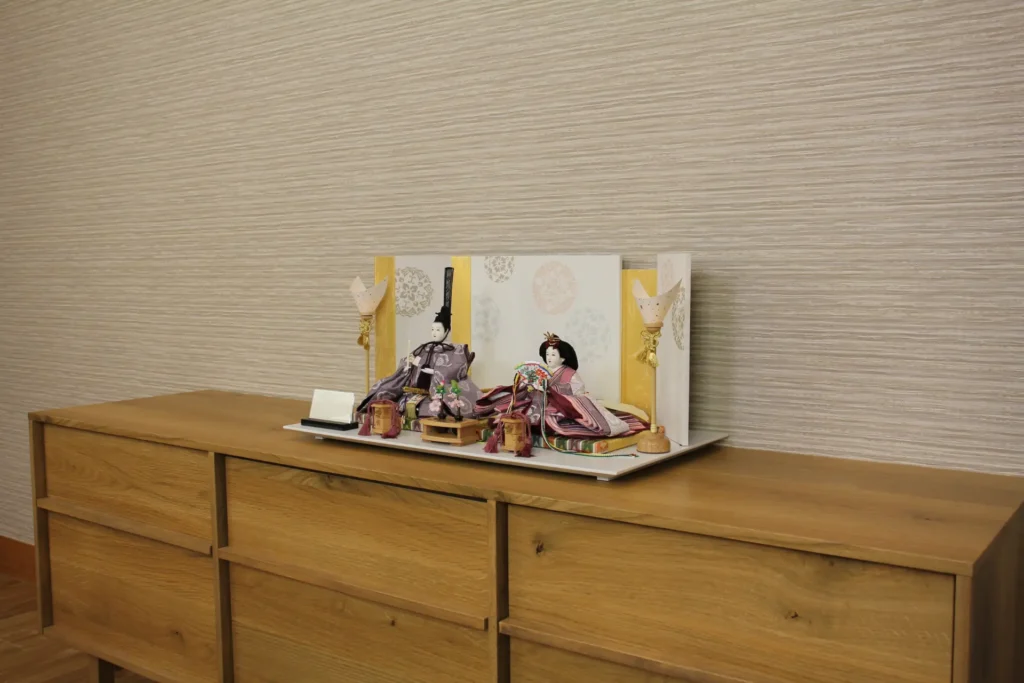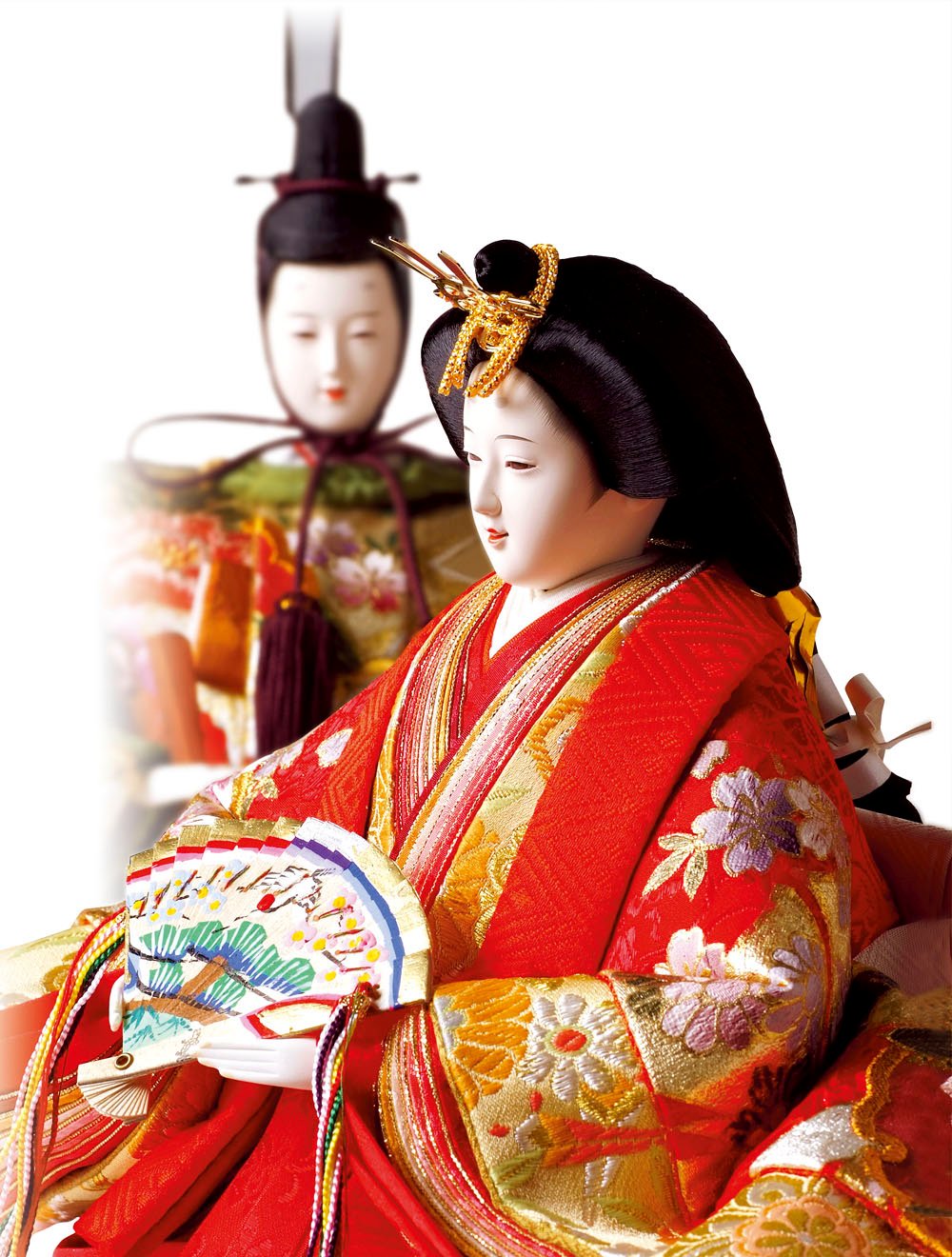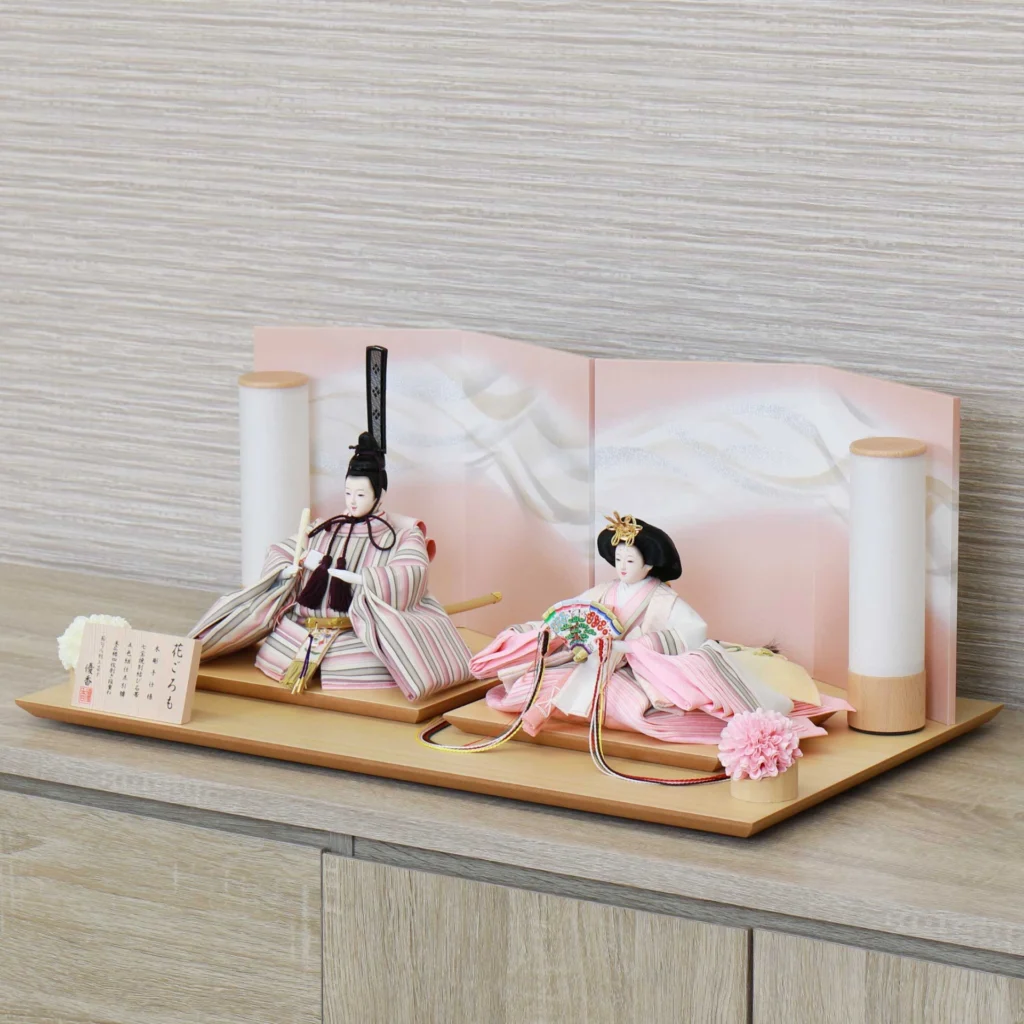Want to make your home feel super calm and peaceful? Japanese traditional decor might be just what you need. It’s all about making your space simple, beautiful, and connected to nature. Think quiet, balanced rooms that just feel good to be in. Let’s look at how you can bring this style into your place.
Key Takeaways
- Japanese traditional decor focuses on simplicity and natural elements to create a calm home.
- The idea of wabi-sabi, finding beauty in things that aren’t perfect, is a big part of Japanese design.
- Using natural materials like wood and bamboo helps connect your indoor space with the outdoors.
- Japanese decor often uses minimal furniture and smart storage to keep rooms open and airy.
- Choosing pieces with care and purpose can make your home feel more peaceful and organized.
Embracing the Essence of Japanese Traditional Decor
Japanese traditional decor is more than just aesthetics; it’s a philosophy, a way of life. It’s about creating spaces that promote peace, harmony, and a deep connection with the natural world. Let’s explore the core principles that define this timeless art form, with insights from Fujiki Crafts.

Embracing the Essence of Japanese Traditional Decor
The Philosophy of Wabi-Sabi in Japanese Traditional Decor
Wabi-Sabi is a cornerstone of Japanese aesthetics. It’s the art of finding beauty in imperfection, celebrating the natural aging process, and accepting the transient nature of things. This means embracing asymmetry, simplicity, and the unique character of natural materials. Think of a handcrafted tea ceremony set with subtle variations in glaze, or a wooden table with visible knots and grains. These imperfections are not flaws; they are what make each piece special and authentic.
Zen Influence on Japanese Traditional Decor
Zen Buddhism has profoundly shaped Japanese design. The core tenets of Zen – mindfulness, simplicity, and harmony – are reflected in the minimalist approach to decor. Clutter is minimized, and spaces are designed to encourage contemplation and inner peace.
Here are some ways Zen influences decor:
- Minimalism: Reducing items to only the essentials.
- Natural Light: Maximizing natural light to create a calming atmosphere.
- Neutral Colors: Using a palette of earth tones to promote tranquility.
Zen design is about creating a sanctuary, a place where you can escape the stresses of daily life and reconnect with yourself. It’s about finding beauty in emptiness and appreciating the present moment.
Connecting with Nature Through Japanese Traditional Decor
Nature is an integral part of Japanese culture, and this is reflected in traditional decor. Natural materials like wood, bamboo, paper, and stone are used extensively to bring the outdoors in. Indoor plants, water features, and carefully framed views of the garden further enhance this connection. Consider incorporating Japanese handmade paper screens to diffuse light and create a soft, natural ambiance.
Interested in learning more about incorporating authentic Japanese decor into your projects? Contact Fujiki Crafts today to discuss your needs and explore our range of handcrafted items.
Key Elements of Japanese Traditional Decor
Let’s explore the core components that define Japanese traditional decor. These elements, when thoughtfully combined, create spaces that are not only visually appealing but also deeply calming and functional. We at Fujiki Crafts are dedicated to helping you source authentic pieces that embody these principles.
Natural Materials in Japanese Traditional Decor
Japanese design emphasizes the use of natural materials. Wood, bamboo, paper, and natural fibers are commonly used to bring the outdoors in. This creates a sense of warmth and connection to nature. Think about incorporating these elements into your next project:
- Wood: For structural elements like beams, flooring, and furniture.
- Bamboo: For screens, accents, and decorative pieces.
- Washi Paper: For shoji screens and lighting, diffusing light softly.
Natural materials are not just about aesthetics; they also contribute to the sustainability and longevity of the design. Choosing responsibly sourced materials aligns with the principles of Japanese design and responsible business practices.
Minimalist Silhouettes for Japanese Traditional Decor
Minimalism is key. Japanese interiors favor clean lines, simple shapes, and an absence of clutter. This approach promotes a sense of calm and order. Here’s how to achieve it:
- Low Furniture: Keep furniture close to the ground to enhance the feeling of spaciousness.
- Open Spaces: Avoid overcrowding rooms with too much furniture or decor.
- Sliding Doors: Use shoji screens or sliding doors to maximize space and flexibility.
Intentional Decor Choices for Japanese Traditional Decor
Every item in a Japanese-inspired space should have a purpose and be carefully chosen. Avoid unnecessary ornamentation and focus on quality over quantity. Consider these points:
- Tokonoma: A dedicated space for displaying art or a seasonal arrangement.
- Kakemono: Hanging scrolls with calligraphy or paintings.
- Ikebana: The art of flower arrangement, emphasizing simplicity and balance.
If you’re looking to incorporate authentic samurai decor into your space, reach out to Fujiki Crafts. We can help you find the perfect pieces to complete your vision.
Creating Serene Spaces with Japanese Traditional Decor
Achieving Tranquility with Japanese Traditional Decor
Creating a tranquil space using Japanese traditional decor is about more than just aesthetics; it’s about fostering a sense of calm and balance. The goal is to design an environment that promotes relaxation and reduces stress. Here’s how you can achieve this:
- Declutter: Minimalism is key. Remove unnecessary items to create a sense of open space.
- Incorporate Natural Light: Maximize natural light to brighten the room and connect with the outdoors.
- Use Soft, Neutral Colors: Opt for calming colors like whites, creams, and light browns to create a soothing atmosphere.
By focusing on simplicity and natural elements, you can transform any space into a peaceful retreat. This approach not only enhances the aesthetic appeal but also contributes to a more relaxed and mindful lifestyle.
Harmonious Arrangements in Japanese Traditional Decor
Arranging elements harmoniously is crucial in Japanese design. It’s not just about placing furniture; it’s about creating a balanced and visually pleasing environment. Consider these points:
- Symmetry and Balance: Strive for visual balance in your arrangements. This doesn’t necessarily mean perfect symmetry, but rather a sense of equilibrium.
- Focal Points: Establish a focal point in the room, such as a tatami mat or a piece of art, to draw the eye and create a sense of order.
- Negative Space: Embrace negative space to prevent the room from feeling cluttered. Empty areas can be just as important as filled ones.
Mindful Living Through Japanese Traditional Decor
Japanese traditional decor is deeply connected to mindful living. It encourages a slower pace and a greater appreciation for the present moment. Here’s how you can integrate this philosophy into your space:
- Incorporate Natural Elements: Bring nature indoors with plants, stones, or water features to create a calming and grounding effect.
- Create a Meditation Space: Designate a quiet corner for meditation or reflection, free from distractions.
- Use Traditional Crafts: Incorporate traditional crafts from Fujiki Crafts, such as handmade paper or ceramics, to connect with Japanese culture and history.
Ready to transform your space into a haven of tranquility? Contact us today to explore our collection of authentic Japanese traditional decor items and start your journey towards mindful living.
Integrating Authentic Japanese Traditional Decor
Sourcing Genuine Japanese Traditional Decor Items from Fujiki Crafts
When sourcing authentic Japanese decor, it’s important to partner with suppliers who understand and respect the tradition. Fujiki Crafts has a long history of providing high-quality, authentic items. Here’s a quick guide to ensure you’re getting the real deal:
- Check the Materials: Authentic Japanese crafts often use natural materials like wood, bamboo, and washi paper. Make sure the items you’re considering reflect this.
- Look for Craftsmanship: Mass-produced items often lack the detail and care of handcrafted pieces. Examine the item closely for signs of skilled artistry.
- Verify the Origin: Confirm that the items are indeed made in Japan. Ask for documentation or certifications if possible.
Working with a trusted supplier like Fujiki Crafts can streamline this process, ensuring you receive genuine, high-quality Japanese decor items that meet your business needs.
The Craftsmanship Behind Japanese Traditional Decor at Fujiki Crafts
Japanese traditional crafts are more than just products; they’re a legacy passed down through generations. The artisans at Fujiki Crafts pour their heart and soul into each piece, using techniques honed over centuries. Here’s what makes this craftsmanship so special:
- Generational Knowledge: Many artisans come from families with a long history in their craft, preserving techniques and styles.
- Attention to Detail: Every step of the process, from selecting materials to the final finishing touches, is executed with meticulous care.
- Respect for Materials: Artisans work in harmony with the natural properties of their materials, enhancing their beauty and durability.
Consider the value of offering products with such a rich story. It can significantly enhance your brand and appeal to customers seeking authenticity. Check out our handmade paper options.
Customizing Your Space with Japanese Traditional Decor from Fujiki Crafts
One of the great things about Japanese decor is its versatility. It can be adapted to fit various spaces and styles. Here’s how to customize your space effectively:
- Start with a Focal Point: Choose one or two key pieces, like a tatami mat or a shoji screen, to set the tone.
- Incorporate Natural Elements: Add plants, stones, or water features to bring the outdoors in.
- Use Color Sparingly: Stick to a neutral palette with subtle pops of color to maintain a sense of calm.
By carefully selecting and arranging items, you can create a space that reflects the essence of Japanese design while meeting your specific needs. Fujiki Crafts offers customizable crafts to help you achieve this. Contact us today to discuss your project!
Functional Beauty in Japanese Traditional Decor
Multifunctional Furniture in Japanese Traditional Decor
Japanese design shines when it comes to making things work in more than one way. Think about it: a shoji screen isn’t just a wall; it’s a light diffuser, a room divider, and a design element all in one. This approach is super practical for businesses looking to maximize space without sacrificing style.
- Futons: These can be beds at night and seating during the day, freeing up valuable floor space.
- Kotatsu tables: These provide warmth and a gathering spot, then easily convert back to regular tables.
- Tansu chests: These offer storage and can act as room dividers or display surfaces.
Optimizing Space with Fujiki Crafts and Japanese Traditional Decor Principles
Japanese design is all about using space wisely. It’s not just about having less stuff; it’s about arranging what you have in a way that feels open and uncluttered. This can be a game-changer for businesses, especially those with smaller offices or retail spaces. By using clever storage solutions and focusing on vertical space, you can make any area feel bigger and more inviting. Consider incorporating traditional crafts to enhance the aesthetic appeal.

Optimizing Space with Fujiki Crafts and Japanese Traditional Decor Principles
Practical Applications of Fujiki Crafts and Japanese Traditional Decor
Let’s talk about how Japanese design can help your business. It’s not just about looking good; it’s about creating a space that’s functional and efficient. Here’s a quick rundown:
- Improved Workflow: A minimalist, organized space can reduce distractions and boost productivity.
- Enhanced Customer Experience: A serene, well-designed environment can make customers feel more relaxed and welcome.
- Cost Savings: Multifunctional furniture and efficient space usage can reduce the need for larger spaces or additional furniture.
Japanese design principles, when applied thoughtfully, can transform a workspace into a haven of productivity and calm. It’s about creating an environment that supports both the practical needs of your business and the well-being of your team.
Ready to bring the functional beauty of Japanese traditional decor to your business? Contact us today to explore how Fujiki Crafts can help you create a space that’s both beautiful and efficient.
The Timeless Appeal of Japanese Traditional Decor
Preserving Heritage with Japanese Traditional Decor
Japanese traditional decor isn’t just about aesthetics; it’s about preserving a rich cultural heritage. These designs carry stories, techniques, and philosophies passed down through generations. For businesses, incorporating these elements means connecting with a history of craftsmanship and artistry. It’s about offering products with a soul, a narrative that resonates with customers seeking authenticity.
The Enduring Charm of Japanese Traditional Decor
What makes Japanese traditional decor so appealing, even in today’s fast-paced world? It’s the simplicity, the connection to nature, and the sense of calm it brings. These elements translate well into various business settings, from creating a welcoming atmosphere in a retail space to fostering a productive environment in an office. Consider these points:
- Minimalism: Reduces clutter and promotes focus.
- Natural Materials: Creates a sense of warmth and connection to the earth.
- Wabi-Sabi: Embraces imperfection and authenticity, making spaces feel more human.
Modern Adaptations of Japanese Traditional Decor
Japanese traditional decor doesn’t have to be strictly traditional. It can be adapted to modern spaces and needs. This adaptability makes it a great choice for businesses looking to create a unique and inviting environment. You can blend traditional elements with contemporary designs to achieve a balance that reflects both heritage and innovation. For example, using handmade paper in modern lighting fixtures or incorporating tatami mats into a contemporary office design.
Japanese design principles, like minimalism and the use of natural materials, are incredibly versatile. They can be integrated into almost any space, creating a sense of calm and sophistication that appeals to a wide range of people.
Interested in learning more about how Fujiki Crafts can help you bring the timeless appeal of Japanese traditional decor to your business? Contact us today!
Curating Your Home with Japanese Traditional Decor
Selecting Authentic Japanese Traditional Decor Pieces from Fujiki Crafts
Choosing the right pieces for your space can feel overwhelming, but it doesn’t have to be. Think of it as building a collection over time, focusing on quality and authenticity. Start with a few key items that speak to you and build from there.
Here’s a simple guide to help you:
- Research: Understand the history and significance of different items. Knowing the story behind a piece adds to its value.
- Quality over Quantity: Invest in fewer, high-quality items rather than filling your space with cheaper imitations. Look for items made with natural materials and traditional techniques.
- Consider Scale: Make sure the pieces you choose are appropriately sized for your space. A large tansu cabinet might overwhelm a small room, while a tiny accent piece could get lost in a large space.
Authenticity is key. Work with reputable suppliers who can guarantee the origin and craftsmanship of their products. This ensures you’re getting a genuine piece of Japanese culture, not just a mass-produced imitation.
Designing with Purpose Using Japanese Traditional Decor
Japanese design is all about intention. Each element should have a purpose and contribute to the overall sense of harmony. It’s not just about filling space; it’s about creating an environment that promotes peace and well-being. Consider the principles of wabi-sabi when selecting your decor.
Here are some tips for designing with purpose:
- Start with a Focal Point: Choose one main element, like a beautiful Fujiki Crafts screen or a striking ikebana arrangement, and build your design around it.
- Embrace Negative Space: Don’t feel the need to fill every corner. Space is just as important as filled space in Japanese design. It allows the eye to rest and creates a sense of calm.
- Use Natural Light: Maximize natural light whenever possible. It enhances the beauty of natural materials and creates a warm, inviting atmosphere.
Personalizing Your Sanctuary with Japanese Traditional Decor
While it’s important to respect the traditions of Japanese design, it’s also important to make your space your own. Personalization is key to creating a home that truly reflects your style and values.
Here’s how to add your personal touch:
- Incorporate Personal Items: Display meaningful objects, like family heirlooms or travel souvenirs, alongside your Japanese decor. This creates a unique blend of cultures and styles.
- Choose Colors You Love: While traditional Japanese interiors often feature neutral colors, don’t be afraid to add pops of color that reflect your personality. Just be sure to use them sparingly and intentionally.
- Add Indoor Plants: Greenery brings life and energy to any space. Choose plants that thrive indoors and complement the overall aesthetic. Indoor plants are an essential element in a Japanese-themed home.
Ready to start curating your own serene space? Contact us today to explore our collection of authentic Japanese traditional decor pieces from Fujiki Crafts.
Want to make your home feel calm and beautiful, just like a Japanese garden? It’s easier than you think to add a touch of traditional Japanese style to your space. Discover how to pick the perfect pieces and make your home a peaceful retreat. Visit our website to explore all Fujiki Craft’s products and start your journey!
Bringing It All Together: Your Japanese-Inspired Home
So, we’ve talked about a lot of things today, right? From picking out the right colors to finding those perfect little touches, making your home feel more Japanese is all about creating a calm, simple space. It’s not about filling every corner with stuff; it’s about making each piece count. Think about how you can bring in natural materials, keep things neat, and let in plenty of light. When you do this, you’re not just decorating; you’re making a place where you can relax and feel good. It’s a journey, and every step you take helps build that peaceful vibe. We hope these ideas help you get started on making your home a little slice of serenity.
Read more: Discover Unique Hina Dolls for Sale: A Guide to Collecting and Celebrating Japanese Tradition





